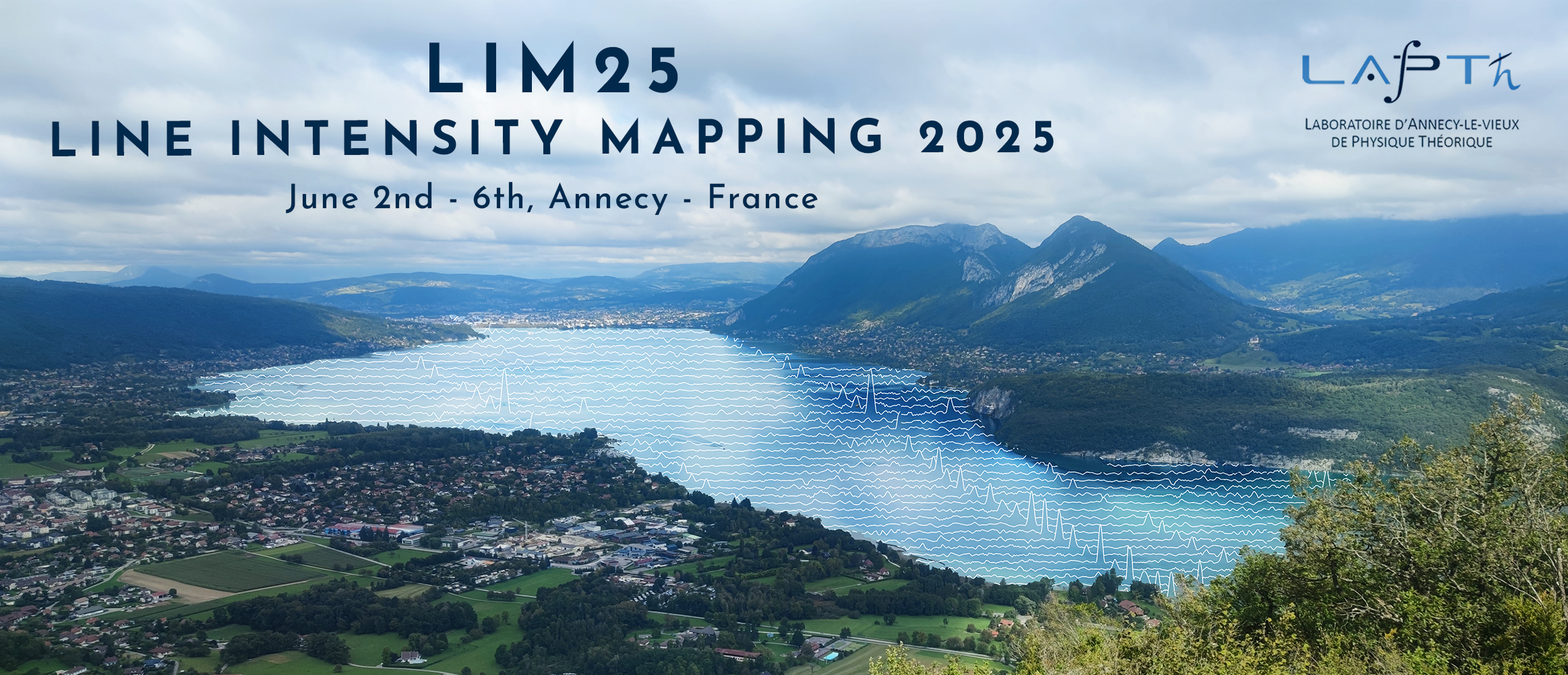Orateur
Description
LIM will rely heavily on joint analyses with traditional catalogs of galaxies to increase sensitivity, mitigate systematic errors, and study the coevolution of different tracers of galaxy formation and evolution. The joint analysis of choice has traditionally been cross-correlation, for its information content across a range of spatial scales, but other techniques can complement and extend cross-correlation results. In this talk, I will provide an in-depth view of one such technique – three-dimensional stacking. Especially in the current, early stage of the LIM field, the simplicity and robustness of stacking analyses have the potential to be extremely valuable. Using a multi-tracer simulation pipeline, I will demonstrate that the signal in a stacking analysis is dominated by clustering to a much greater extent than previously expected. I will also test various choices in the experimental design of both the LIM experiment and the galaxy catalog on which it is being stacked, and determine the optimal set-up for performing a stacking analysis.

